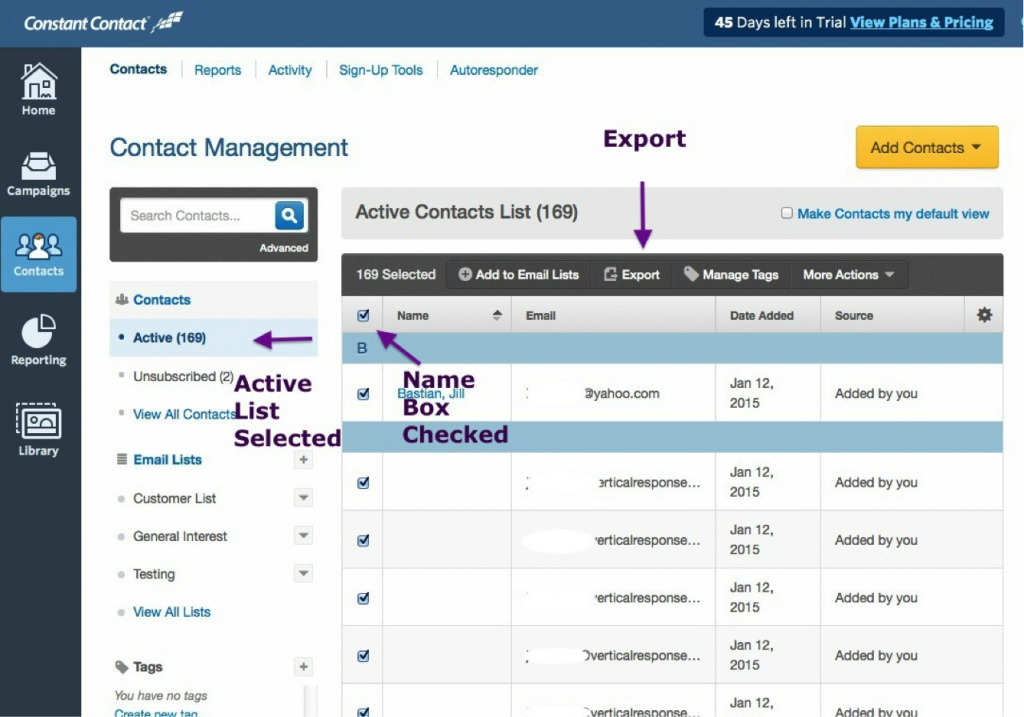The contact parts are very important components in any application. They have to function well right from their new state to the end of functional life of switching devices.
Some of the basic properties of the contact parts include high resistance against arc erosion and welding, good arc moving properties and extinguishing capability, low contact resistance, etc. Moreover, they must be made up of eco-friendly materials.

How to Select the Contact Material?
It is very crucial to select just the perfect contact material for particular application. The design engineer would have to find out the proper balance in the material selection that results in likelihood of success.
As the conductive metal such as copper or silver increases, the contact resistance generally decreases. This may ultimately increase the thermal and electrical conductivity, but the contact sticking and erosion may become more of concern. On contrary, with the increasing content of refractory metal, contact wear eventually decreases and there are less chances of contact welding.
Checon manufacturers not only help you to select the appropriate material, but also tailor the material appropriate to your application. Choosing additives, adjusting the material particle sizes, altering furnace temperatures, etc play an important role in the final properties of selected contact material.
Some of the Most Popular Contact Materials
Silver Tungsten is one of the most famous contact materials that are widely used in power switching devices and circuit breakers. The family of the silver tungsten contact materials generally ranges from 10% silver to 90% of silver.
The superior conductivity of silver combined with tungsten having capability to withstand electrical and mechanical wear makes it ideal for use in the oxidizing atmosphere. The contact material can even be modified by changing the process parameters. It may include changing furnace temperature, particle size, addition of additives, etc.
Silver graphite is yet another contact material that has become quite common these days. Most of the switch grades and circuit breaker contains 95-97% silver. It is very soft as compared to silver tungsten carbide and silver tungsten and has higher erosion rate.
Silver graphite has higher anti-welding characteristics and can be the best choice when there is an issue of tack welding. Moreover, it has strong electrical conductivity due to silver content and due to the reducing gas formed by the graphite.
Copper Tungsten is a low cost alternative to the silver tungsten carbide and silver tungsten when used in the non-oxidizing conditions. Vacuum, oil, and gas filled devices frequently use the copper tungsten contacts. This material is often used for the arcing the contacts or where there is enough contact force to break through oxides.
Some other materials used in the wiring devices include Brass, Silver Cadmium Oxide, Beryllium Copper, Phosphor bronze, Nickel-plated metals, Zinc-plated steel, etc. Other valuable metals like platinum and gold are used in the applications for IT in the form of thin surface layers.
Checon can be your smart choice that offers a complete range of different contact materials and products. Visit their website to find out the material that can be an ideal choice for your application.
